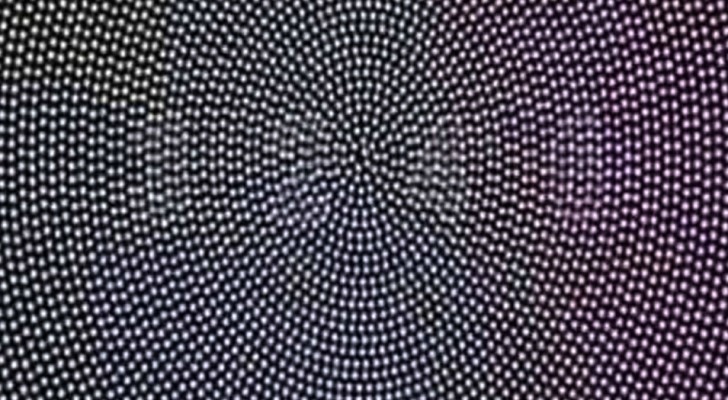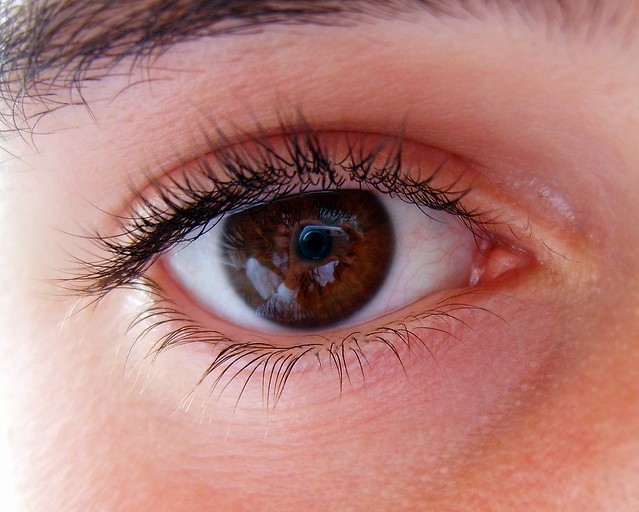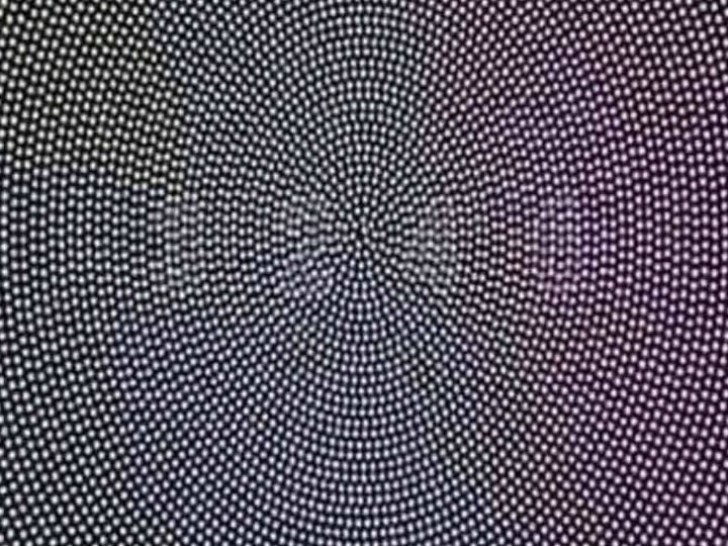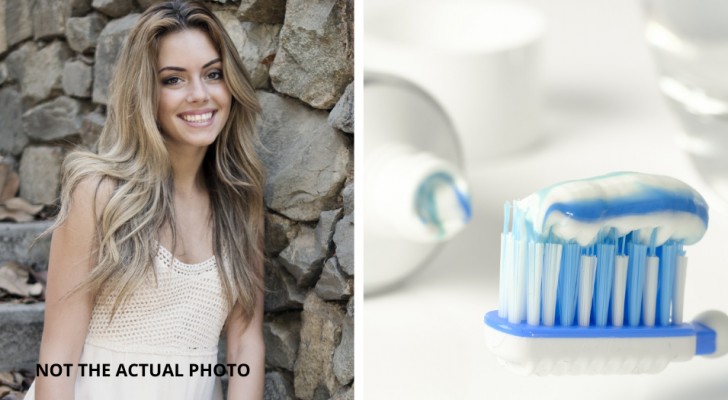The number you see in the image could give you a clue to understand if you have a visual defect

The senses are our means of communication with the world and with others, the means by which we acquire the information necessary to carry out the most essential actions.
Each of them is important but the eyes play a prominent role because most of the reality in which we live today is based on visual stimuli and messages.
Many people suffer from visual defects or disorders without knowing it, here is a simple and intuitive method to find out if you also have one!
NB: The advice we give you can NEVER replace the opinion of a doctor or the pharmacological treatments that a doctor prescribes for you for a specific pathology.
via leggo.it

This simple test is an image composed of white and black dots in the center of which a series of transparent numbers appear.
This image has gone viral and has been repeatedly shared on social media networks. The research carried out by the National Eye Institute of the United States is associated with this type of "diagnostic technique".
Below is what visual defects correspond to the different numbers that are displayed:
- 3240. An astigmatism disorder can correspond to this numbering. The pathology is determined by a particular curvature of the cornea or crystalline lens that causes difficulty in focusing especially from a short distance.
- 1246. This number may reveal a problem of myopia. It is a condition of anomalous refraction of light and therefore of images. Usually, those who are nearsighted cannot easily see from afar.
- 3246. This coded number may be symptomatic of both diseases, ie both astigmatism and myopia together.
- 1240. Ideally, this is the perfect numeric formula that indicates healthy vision, so if you can see these numbers then it is good news.

This little test has no medical value but aims only to expose any problems that perhaps a person never suspected they had or that they have been neglecting for too long. If you are already wearing glasses or contact lens, it is suggested that you effectuate the test both with and without your glasses or lenses.
Furthermore, if the figures displayed correspond to one or more visual defects, then, it is advisable to consult your trusted ophthalmologist for a thorough eye examination.
Remember that the opinion of a professional and preventive action are the most effective strategies for treating visual disorders in time or preventing them from degenerating into more complicated conditions.





